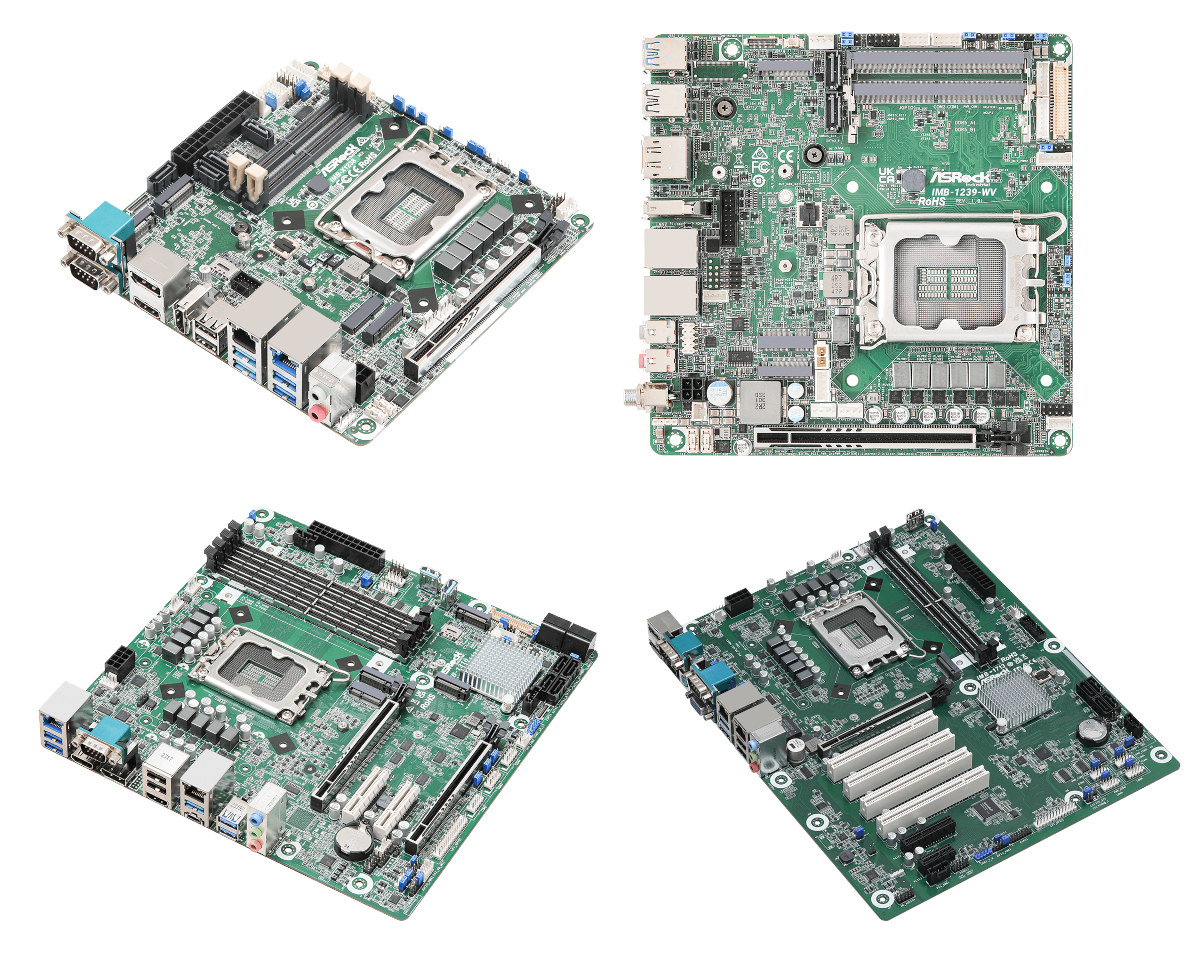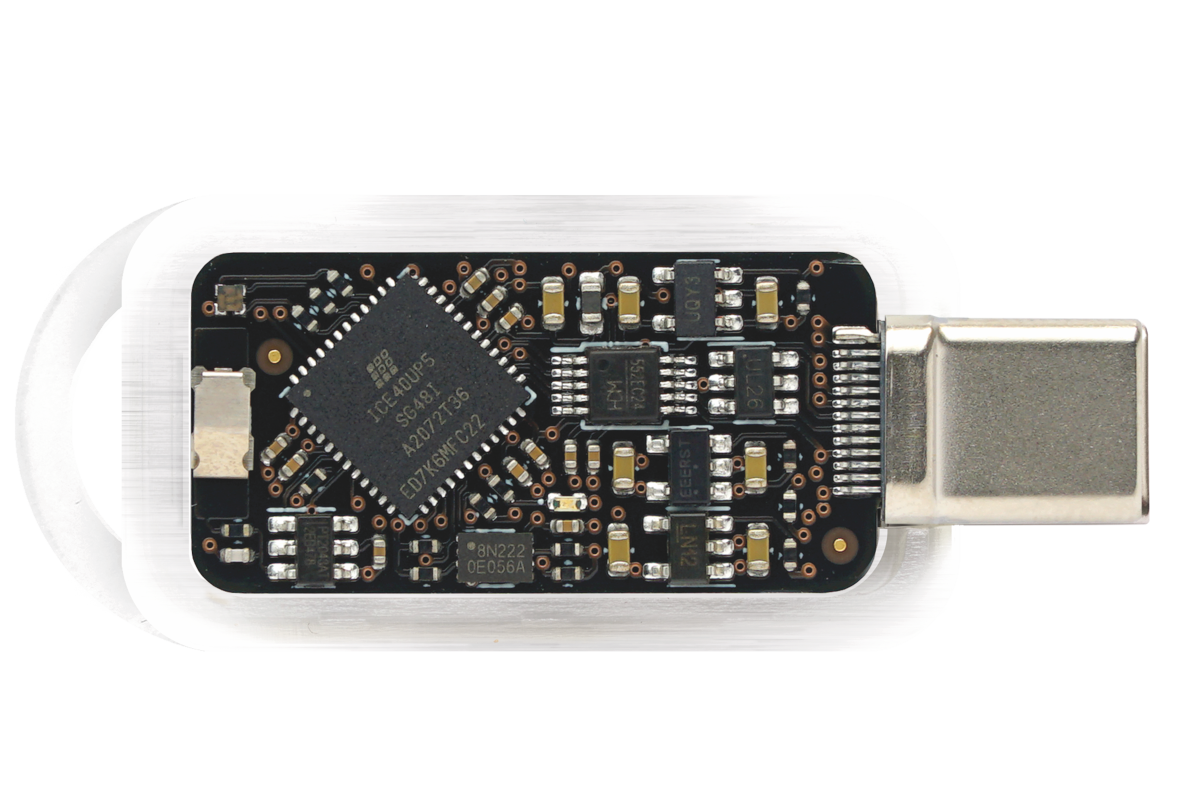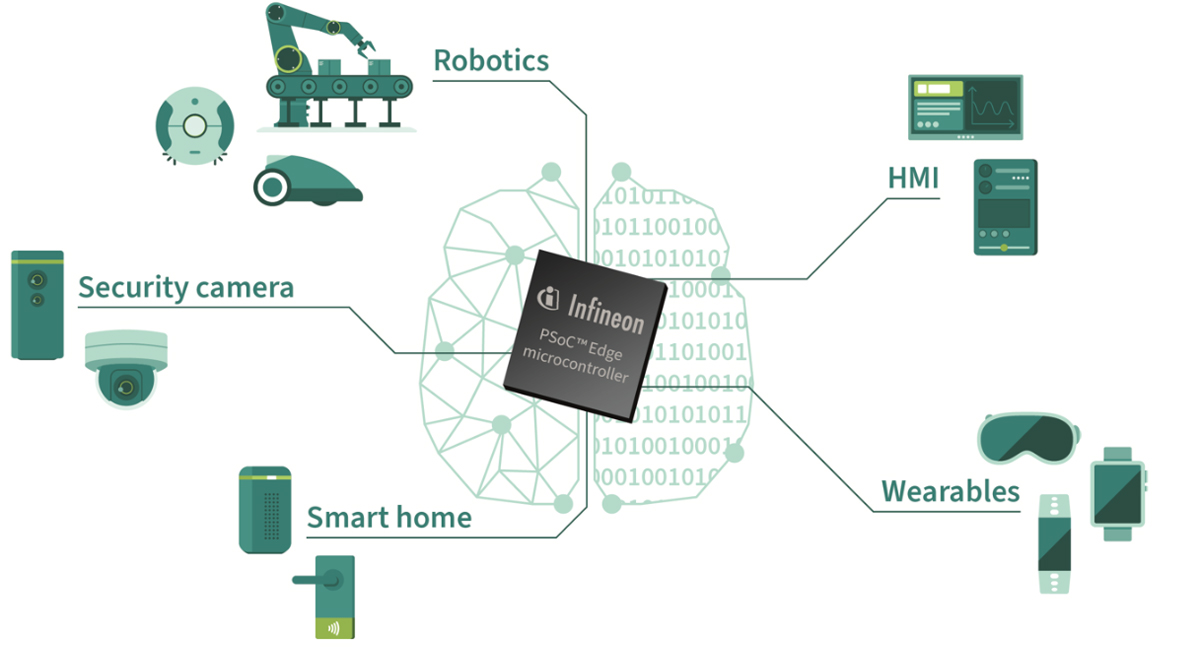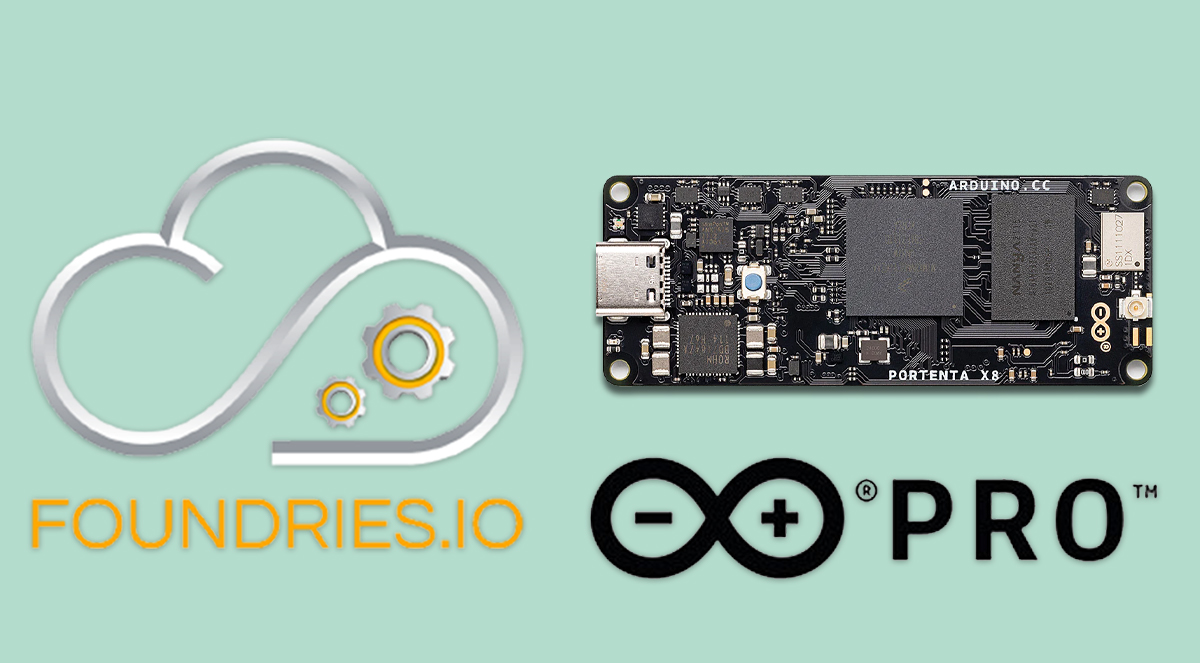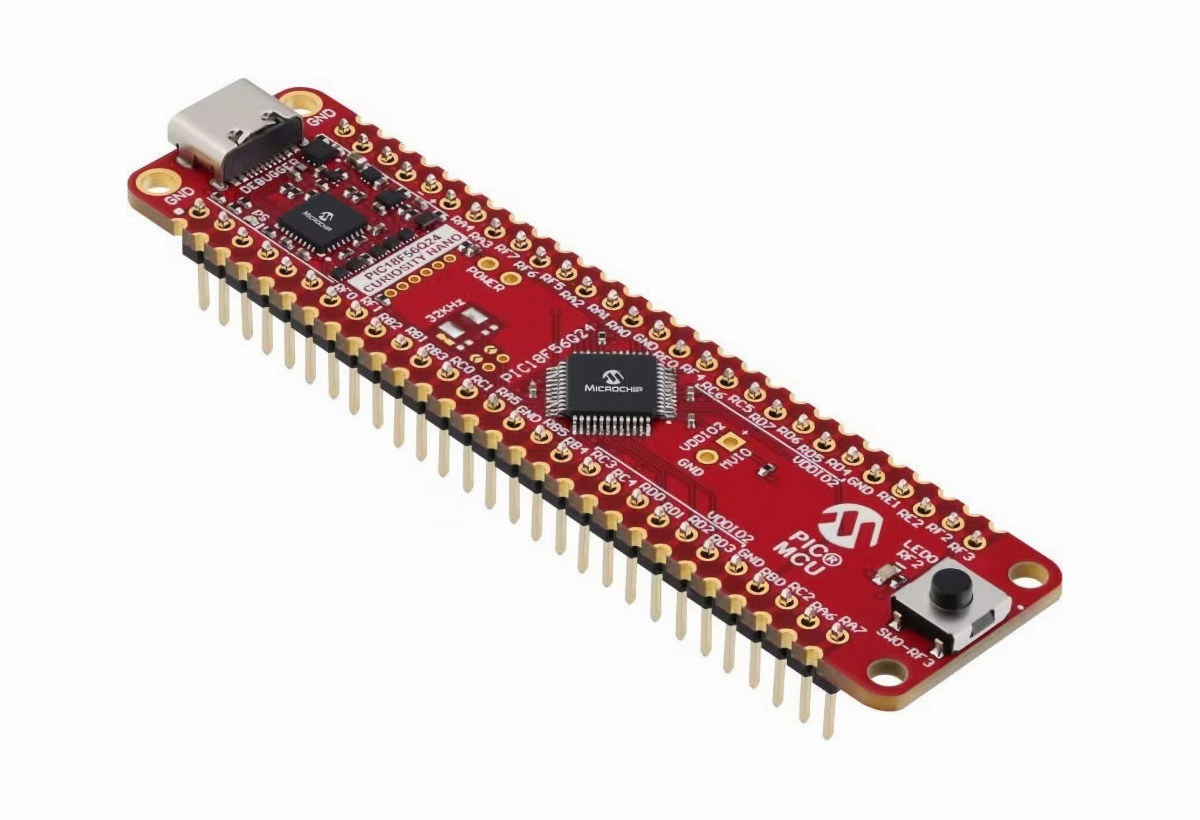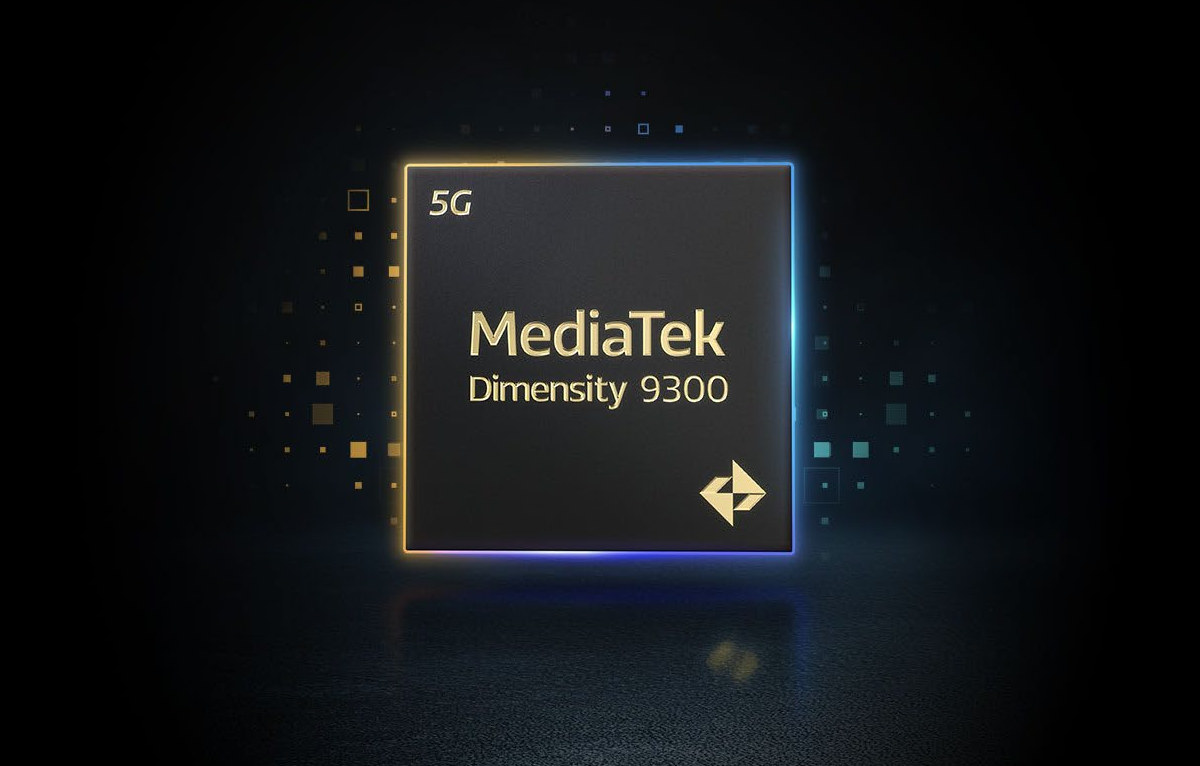ASRock Industrial has just announced 25 (twenty-five!) industrial motherboards powered by 14th gen Intel Core Raptor Lake-S Refresh hybrid processors with up to 24 cores and 32 threads introduced last October, and supporting up to 96GB DDR5 4800/5600 memory. The thin and high-rise mini-ITX, micro-ATX, and ATX industrial motherboards support up to four 4K displays, PCIe Gen5 interfaces, up to three 2.5GbE ports (and 10GbE LAN for the IMB-X1316-10G model), and USB 3.2 Gen2x2 (20 Gbps) ports for factory automation, robotics, machine vision, smart retail, kiosks, digital signage, gaming, security, and more. I would usually list the specifications of the motherboards, but since we have 25 different models, I’ll skip that and provide a summary. One reason ASRock Industrial has so many models is that those are existing motherboards with socketed processors and the company offered 12th and 13th gen CPUs so far, and the company simply updated the BIOS […]
Ambarella N1 SoC brings Generative AI to the edge for video analytics, robotics, industrial applications
Ambarella has been working on adding support for generative AI and multi-modal large language models (LLMs) to its AI Edge processors including the new 50W N1 SoC series with server-grade performance and the 5W CV72S for mid-range applications at a fraction of the power-per-inference of leading GPU solutions. Last year, Generative AI was mostly offered as a cloud solution, but we’ve also seen LLM running on single board computers thanks to open-source projects such as Llama2 and Whispter, and analysts such as Alexander Harrowell, Principal Analyst, at Omdia expect that “virtually every edge application will get enhanced by generative AI in the next 18 months”. The Generative AI and LLM solutions running on Ambarella AI Edge processors will be used for video analytics, robotics, and various industrial applications. Compared to GPUs and other AI accelerators, Ambarella provides AI Edge SoC solutions that are up to 3x more power-efficient per generated […]
Tillitis Tkey is an open-source RISC-V security key in a USB-C case
Tillitis’ TKey is a small, simple security key in a USB-C form factor, and described as a “new type of flexible USB security token” that is inspired by DICE (Device Identifier Composition Engine) and measured boot powered by a simple 32-bit RISC-V core, the PicoRV32, in a Lattice iCE40 UP5K FPGA. While we have covered hardware security modules in the past, this is the first security key we have seen that is based on an FPGA running a RISC-V core. The security token lacks persistent, onboard storage, unlike alternatives such as Yubikey Neo. Apps need to be loaded onto the key every time it is connected to a host device. It uses measured boot to generate a unique identifier for each application and is more secure than the alternatives since private keys are not stored on the device. Also, the hardware and software for the TKey are completely open-source for […]
Infineon launches PSoC Edge Cortex-M55/M33 microcontrollers for enhanced AI and ML applications
Infineon’s new PSoC Edge series of microcontrollers integrates the Arm Cortex-M55 core with Helium DSP and the Ethos U55 NPU unit for advanced AI tasks. It also includes a power-efficient Arm Cortex-M33 core paired with an NNLite(DSP/NPU) for simpler AI tasks. This setup allows the device to be more efficient in varying load conditions. Infineon’s PSoC lineup is a configurable microcontroller powered by Arm Cortex-M4, Cortex-M3, or Cortex-M0+ cores. The main USP (Unique Selling Point) of this lineup is its configurable digital and analog components. This feature makes them somewhat similar to an FPGA, but an FPGA is far more difficult to program than these microcontrollers and they are also very power-hungry. The device is equipped with advanced HMI and “Always-on” capability. “Always-on” is a feature of this device to constantly monitors and responds to signals automatically, making it suitable for smart homes, security, wearables, robotics, and many more. Key […]
RoomSense IQ – An ESP32-S3 modular room monitor with mmWave radar presence detection (Crowdfunding)
RoomSense IQ is a modular room monitor for presence-based home automation based on the ESP32-S3 module with Bluetooth Wi-Fi connectivity. It uses physical presence detection to automate your smart home devices. It comes with multiple sensors that can be used to detect human activity and track ambient light, temperature, and humidity levels. It uses mmWave radar technology to determine when rooms are empty and when they are occupied. It also features built-in temperature, humidity, and light sensors for indoor climate monitoring and control. Rather than relying on schedules, or voice detection, RoomSense IQ triggers automations or alerts based on whether people are in a room or not. It is therefore possible to set it to automatically turn off lights or air conditioning in rooms that are empty to save on energy. In addition, the device offers distance to target measurement that can be adjusted to trigger certain actions. RoomSense IQ […]
Arduino Portenta X8 achieves EU’s Cyber Resilience Act (CRA) compliance
Foundries.io, in collaboration with Arduino, has integrated its security software into the Portenta X8, making it the first system-on-module (SoM) to achieve CRA Compliance with the European Union’s Cyber Resilience Act (CRA). Last year, we covered the Portenta X8, Arduino’s first board with an Arm processor running Linux with expansion capabilities with add-ons such as the Portenta HAT Carrier Board, and you’ll find more details about the hardware in those posts. This new EU’s CRA specifies minimum security for all IoT devices in Europe from 2025. This includes: Establish standards for secure products with digital elements throughout the EU. Require manufacturers to focus on security at every stage of a product’s life. Increase user awareness of a product’s cybersecurity features. Demand that Original Equipment Manufacturers (OEMs) quickly address vulnerabilities in devices already in use. All these rules will be applicable for the full lifespan of the devices. Under the upcoming […]
Microchip PIC18-Q24 8-bit MCU focuses on security and supports Multi-Voltage I/O (MVIO)
The newly introduced Microchip PIC18-Q24 8-bit MCU implements security measures such as the Programming and Debugging Interface Disable (PDID) feature and optional support for an immutable bootloader, as well as support for Multi-Voltage I/O (MVIO) to interface with digital inputs or outputs at different operating voltages without the needs for level shifters. While it’s fun to find a new MCU platform that you can hack via serial, JTAG, or other debug interfaces, it can be a security issue, and the Microchip PIC18-Q24 aims to make that impossible by disabling programming and debugging interfaces and the 8-bit microcontroller also offers an option to make the bootloader impossible to modify once a specific configuration bit has been set. Microchip PIC18-Q24 key features and specifications: MCU core – 8-bit C compiler optimized RISC core @ up to 64 MHz Memory – Up to 4 KB of Data SRAM Memory Storage – Up to […]
MediaTek drops efficiency cores in Dimensity 9300 Cortex-X4/A720 mobile SoC
MediaTek Dimensity 9300 is a premium octa-core 5G mobile SoC with two clusters of four Cortex-X4 cores and four Cortex-A720 cores, but doing without any Cortex-A520 efficiency core, plus the latest Arm Mali-G720 GPU, and a MediaTek APU 790 neural processing unit (NPU) capable of support generative AI and large language models (LLM) with up to 33 billion parameters. Arm invented big.LITTLE and then DynamIQ technologies in order to mix cores with different power efficiency and performance characteristics in order to improve power consumption. Their latest launches included the Cortex-X4 premium core, Cortex-A720 performance/big core, and Cortex-A520 efficient/LITTLE core, but MediaTek decided to do without the Cortex-A520 in the Dimensity 9300 which strikes me as odd for a mobile SoC where power efficiency is important for a long battery life. MediaTek Dimensity 9300 specifications: Octa-core CPU with DynamIQ 4x Arm Cortex-X4 at up to 3.25GHz 4x Arm Cortex-A720 up to […]


